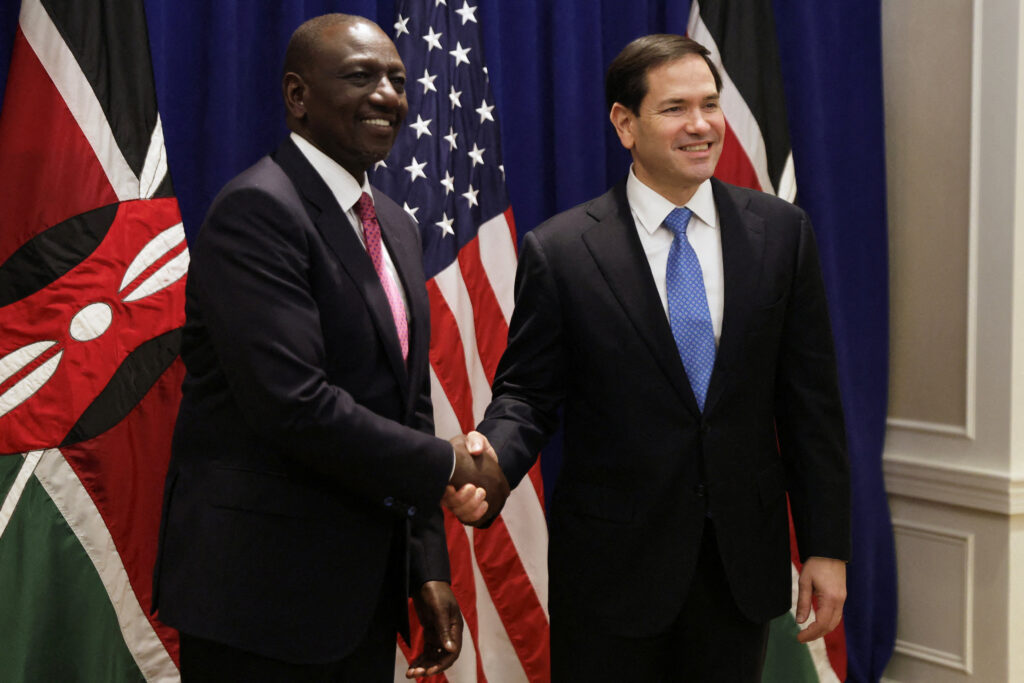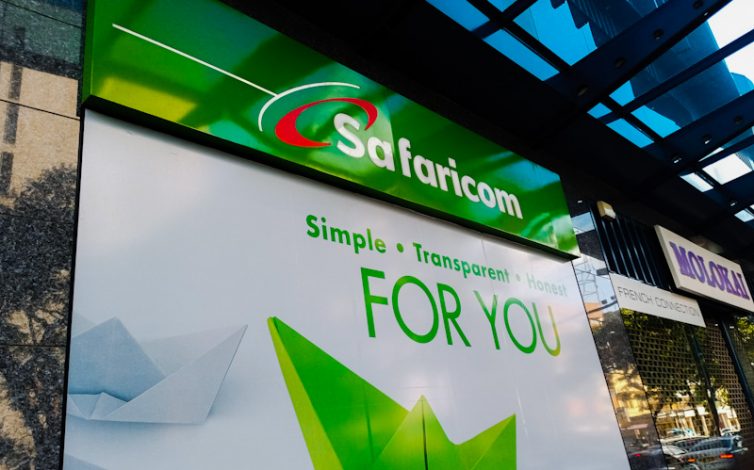
Botswana announced on Thursday that it will allow its pula currency to depreciate by 2.76% over the coming year.
This accelerated depreciation rate surpasses the 1.51% set in December, reflecting pressures from a prolonged global diamond market slump.
Botswana, often hailed as Africa’s economic success story, faces a harsh test as its GDP contracted 3% last year and risks further decline.
The nation manages the pula’s value twice yearly under a crawling band regime, pegging it to a basket including the South African rand.
Finance Ministry official Sayed Timuno said dwindling foreign reserves and a tough macroeconomic climate threaten the exchange rate’s stability.
President Duma Boko approved the increased depreciation rate to boost domestic competitiveness and curb demand for foreign currency, Timuno explained.
The move aims to protect foreign exchange reserves, which have shrunk steadily since 2018, reaching a record low of 5.2 months’ import cover in February.
Despite this decline, Botswana has avoided the acute foreign exchange shortages seen recently in Nigeria and Angola, analysts noted.
A further review of the pula’s exchange rate is planned at year-end, underscoring ongoing vigilance amid economic uncertainty.
As Botswana navigates this turbulent period, the government’s calibrated adjustment signals an effort to balance resilience and recovery.




